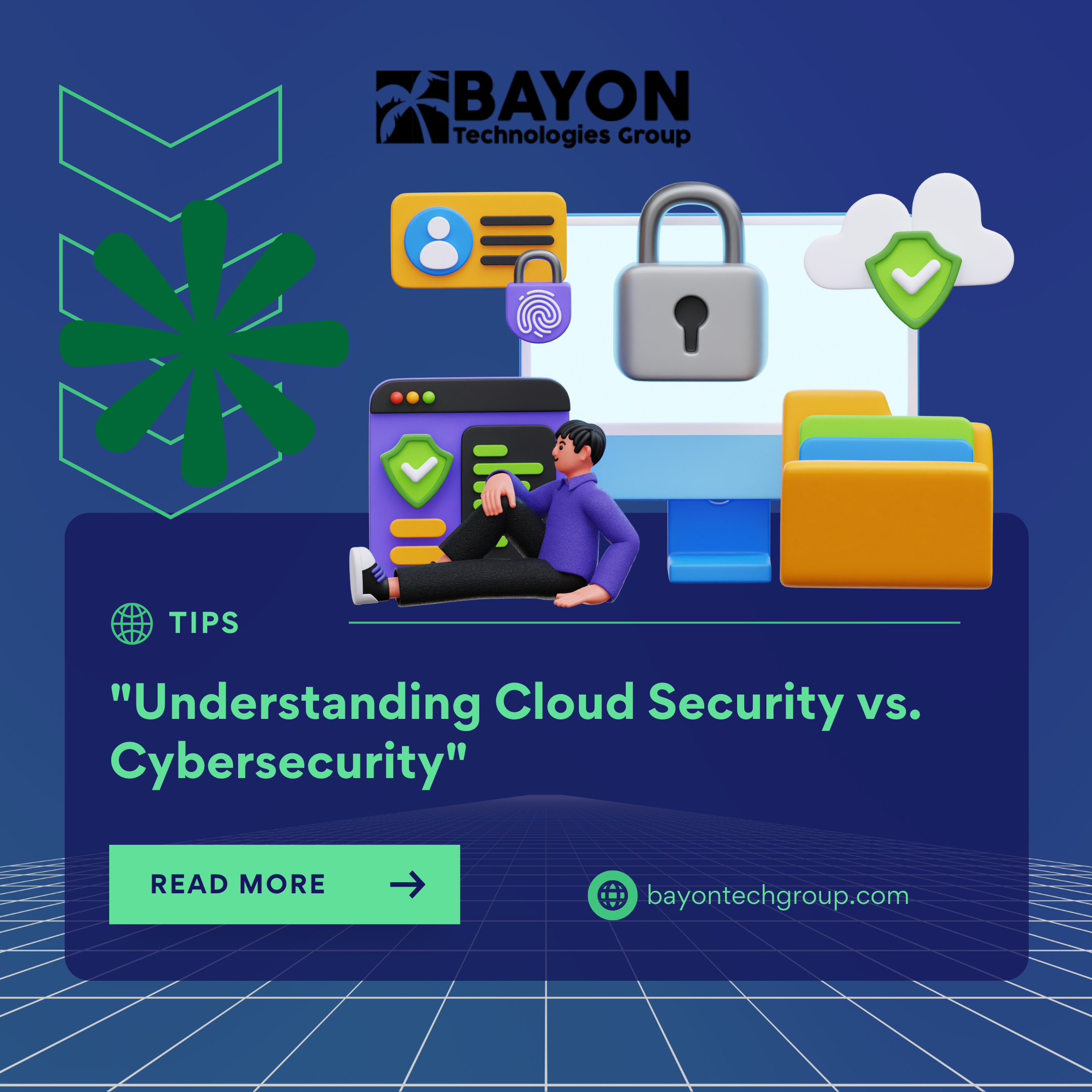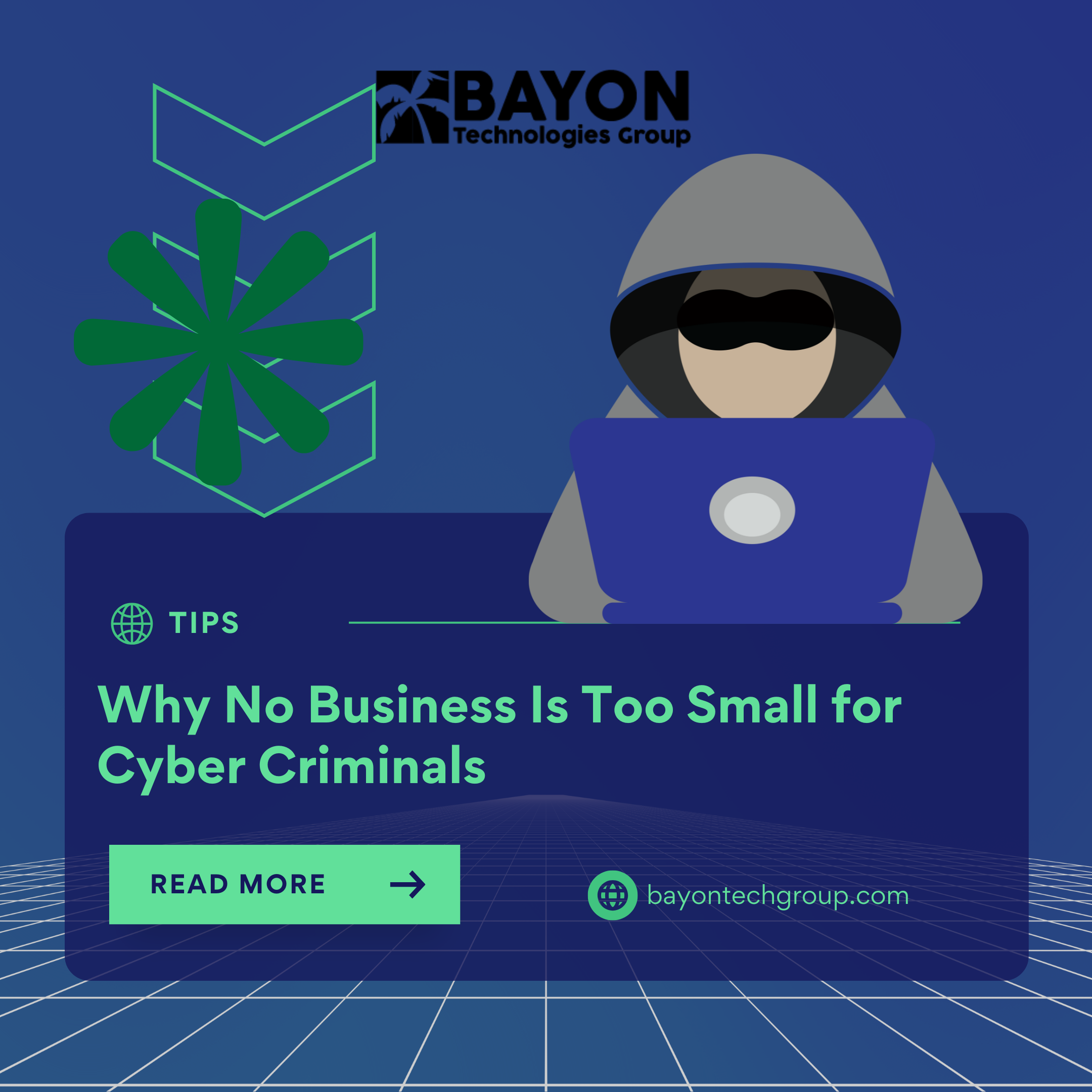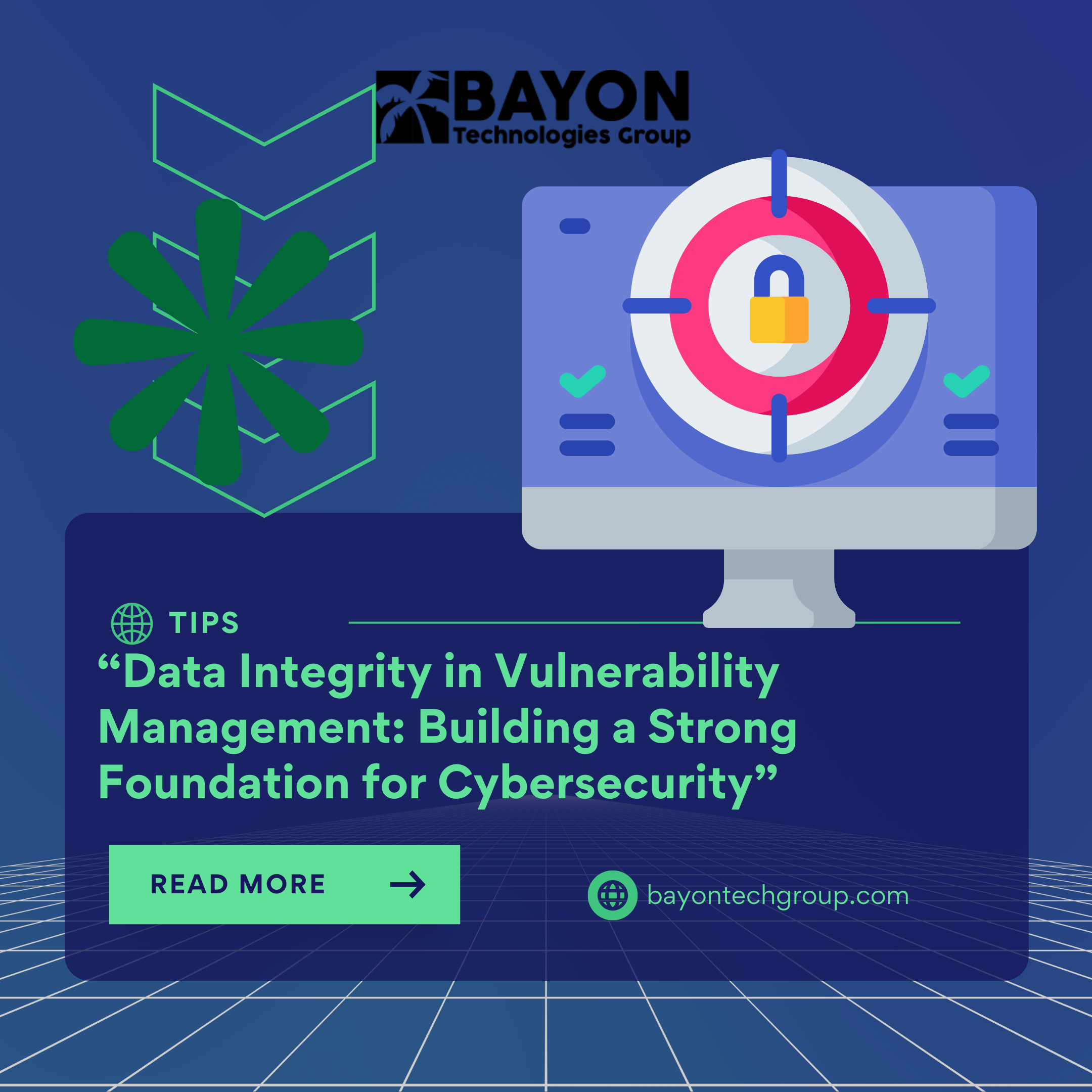Understanding Cloud Security vs. Cybersecurity

As technology advances, the distinction between cloud security and cybersecurity becomes increasingly important for businesses aiming to protect their data. Let’s explore the differences and why both are crucial for comprehensive protection.
What is Cybersecurity and Cloud Security?
Cybersecurity involves safeguarding computer systems, networks, and data from theft, damage, or unauthorized access. In today’s interconnected world, it is vital for protecting against a wide range of cyber threats.
Cloud Security focuses on protecting data, applications, and infrastructure in cloud environments. It addresses the unique challenges and risks associated with storing and processing data in the cloud.
Key Differences Between Cybersecurity and Cloud Security
1. Main Goal:
- Cybersecurity: Protects all information systems, including on-premise systems, networks, and devices.
- Cloud Security: Specifically secures cloud-based data, applications, and infrastructure.
2. Shared Responsibility Model:
- Cybersecurity: Full control and responsibility for securing on-premises infrastructure.
- Cloud Security: Works on a shared responsibility model where cloud providers secure the infrastructure, and businesses secure their data and applications.
3. Control Access:
- Cybersecurity: Uses firewalls, authentication, and authorization mechanisms to control access.
- Cloud Security: Employs robust identity and access management solutions for cloud resources.
4. Dynamic Nature:
- Cybersecurity: Deals with relatively static on-premises infrastructure.
- Cloud Security: Adapts to the dynamic nature of cloud environments, requiring elastic and scalable security measures.
5. Location and Mobility:
- Cybersecurity: Data is typically confined within the physical boundaries of the organization.
- Cloud Security: Addresses data spread across geographically dispersed cloud servers, focusing on data residency and compliance.
6. Data Encryption:
- Cybersecurity: Encrypts data at rest and in transit within internal networks.
- Cloud Security: Encrypts data within the provider’s infrastructure and during transfer to and from the cloud.
7. Resource Scaling:
- Cybersecurity: Involves fixed infrastructure with gradual scaling.
- Cloud Security: Requires rapid scalability to match the dynamic nature of cloud resources.
8. Automated Security:
- Cybersecurity: Automates security processes within on-premises environments.
- Cloud Security: Leverages cloud-native tools for automated security tasks.
9. Incident Response:
- Cybersecurity: Coordinates incident response across multiple on-premises systems.
- Cloud Security: Streamlines incident response for distributed cloud resources, often in collaboration with the cloud provider.
Which is Better: Cloud Security or Cybersecurity?
Rather than choosing one over the other, businesses should adopt both as part of a unified security strategy. Cybersecurity tools are essential for protecting on-premises networks and systems, while cloud security tools are necessary for safeguarding cloud-based resources.
Factors to Consider
- Infrastructure Nature: Determine the extent of your on-premises vs. cloud infrastructure.
- Compliance Requirements: Consider industry and geographical regulations.
- Risk Assessment: Identify specific vulnerabilities and threats to your organization.
Conclusion
Both cloud security and cybersecurity are essential for a comprehensive defense strategy. By integrating both approaches, businesses can better protect against the full spectrum of potential threats. In today’s evolving cyber landscape, choosing the right security service provider is crucial for safeguarding your business.
Ensure your digital transformation is secure and resilient. Visit us for more insights and tailored cybersecurity solutions.
‹ Back







